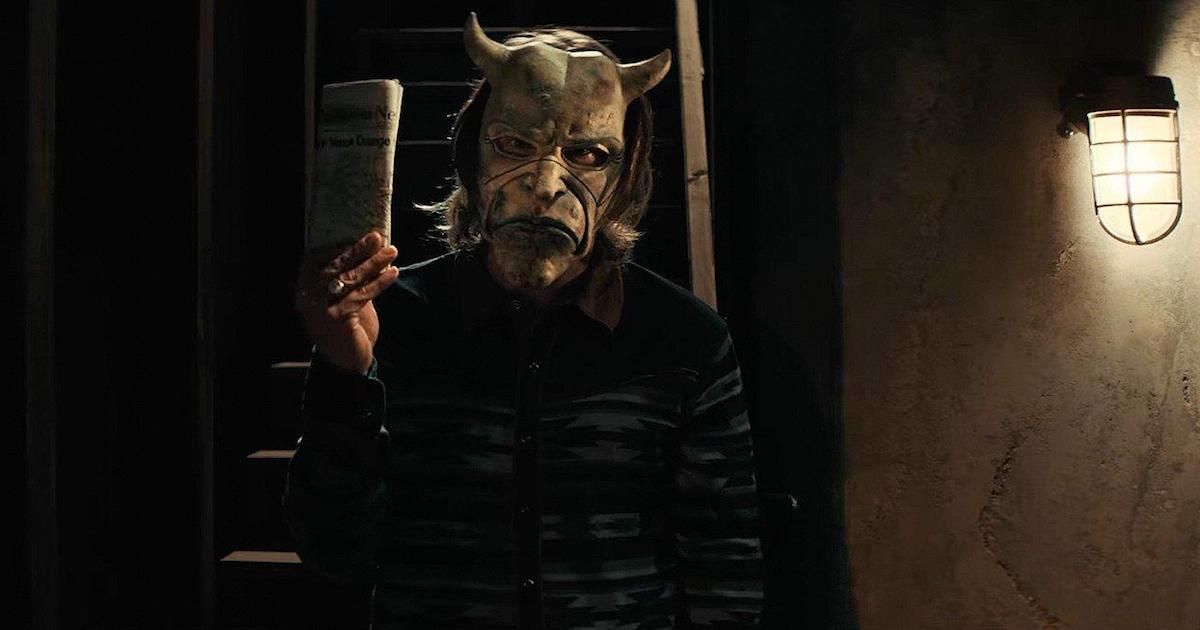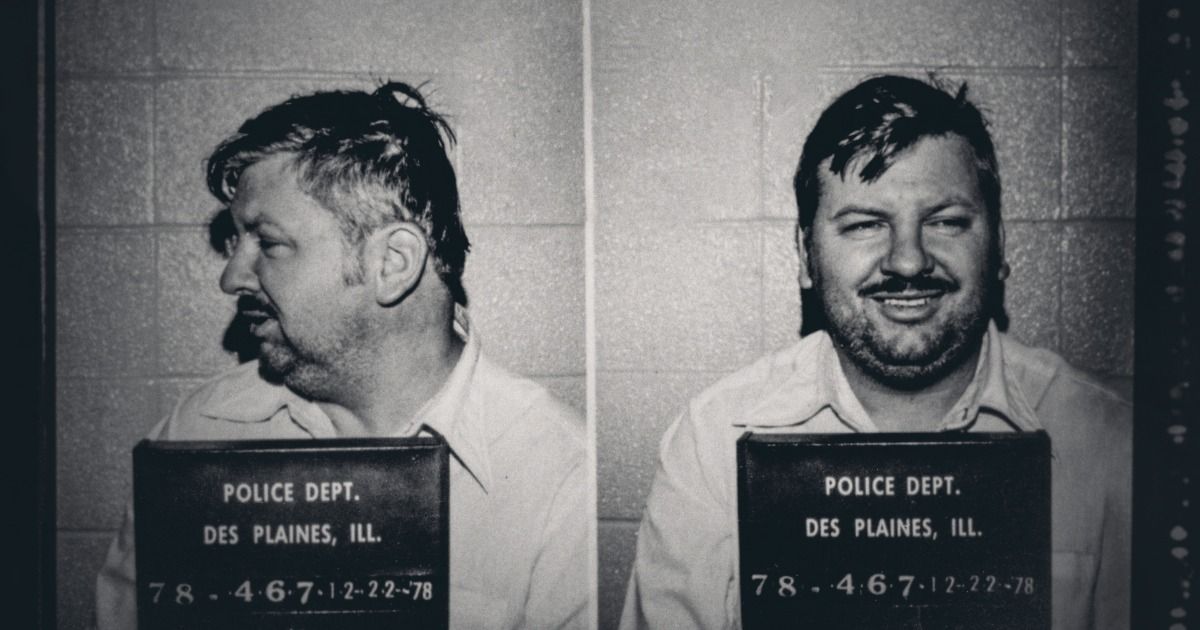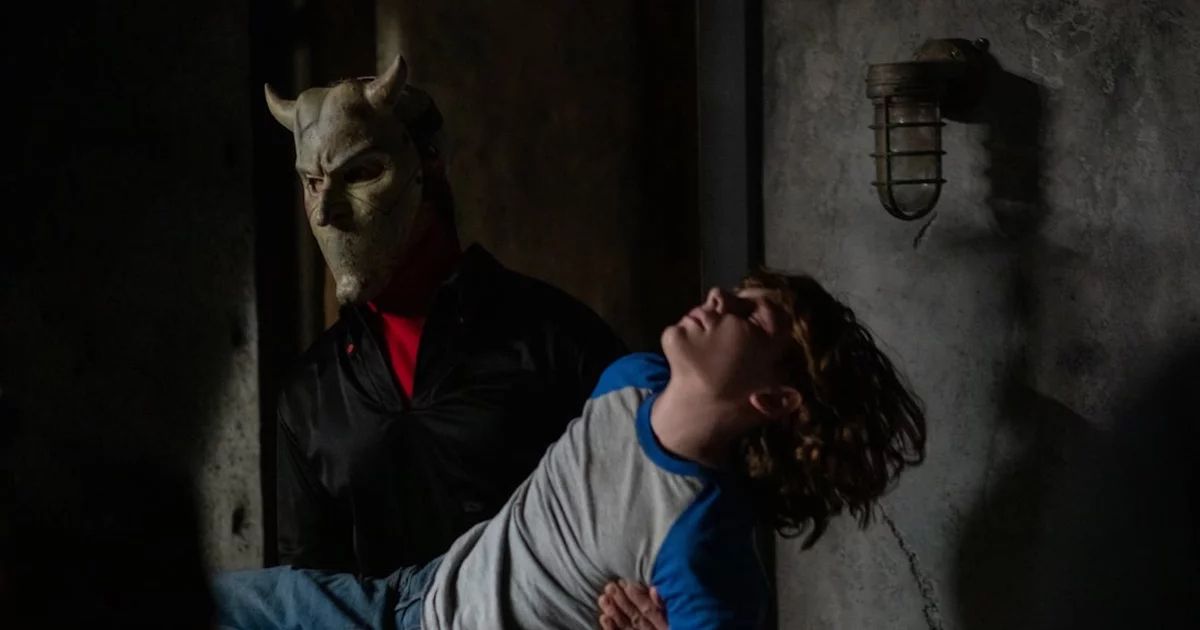The Black Phone was a hit horror feature film made by Blumhouse in 2022. Directed by Scott Derrickson and co-produced and written by Robert Cargill, this terrifying coming-of-age story is on many horror fanatics' lists of favorite scary movies of the year. The Black Phone grabs the emotional side of the audience and tortures it while building immense creepiness. This comes mostly from the director's involvement in the film, because many of his childhood traumatic experiences are present in the movie.
Based on the short story by Joe Hill (son of the master of horror, Stephen King), The Black Phone is a haunting tale about a young boy, Finney (Mason Thames), who gets kidnapped by a serial killer called The Grabber (Ethan Hawke). Finney's young sister Gwen (Madeleine McGraw) will try to do whatever she can with her psychic abilities to find him – before it is too late. Finney won't have to fight back alone, though, as the ghosts of the previous victims of The Grabber want revenge.
Here is a bit more about the serial killers in the period the movie is set in, and how the director's own experience influenced various elements of the adaptation.
The Black Phone Is Related to the Serial Killer Era
The Black Phone is set in the 1970s in the US. This period is known by many true crime aficionados, as the beginning of serial killers. At least as far as society's awareness of them since there have always been serial killers throughout history. It is impressive how many of the most notorious and brutal killers were active at this moment in time when the idea of a safe America seemed impossible to break. There is even loads of research to try to understand why this boom in brutal murders happened.
The list of serial killers from the 1970s is quite long. It includes Ted Bundy, known to be the killer of at least 36 women, The Zodiac Killer, who killed at least five victims while tricking the police with riddles and never being caught, and David Berkowitz (the Son of Sam), who killed six people and injured seven others. This only scratches the surface of the surprising plethora murder sprees which took the country by storm, in a decade which seemed to be inaugurated by the Manson Family murders and the death of 'peace and love.'
Gacy Is the Scary True Story Hidden in The Black Phone
So, it is no surprise that the director changed the time of the story and set it in the 70s. Also, another killer that can't be looked over when talking about The Black Phone is John Wayne Gacy. Gacy was a celebrated member of society and even dressed as a clown at kids' birthday parties. The corpses of 26 young boys were found in his basement, and he was convicted of killing at least 33 boys after sexually abusing and torturing them.
The resemblances are clear with the fictional kidnapper and killer, The Grabber. Also, in the book, the character dressed as a clown and was overweight – just like Gacy. But since IT, featuring the horrific demon clown Pennywise, had just come out when The Black Phone started to be developed, the people involved didn't want a deeper association with Hill's father's story. So, The Grabber became a magician.
Inspired By vs. Based On
It is important to state that even though The Black Phone did take a lot of inspiration from real-life cases, elements of IT, and the filmmaker's own personal upbringing, it is not based on any particular case or serial killer. Movies that have opening titles with 'inspired by' mean that they are not true accounts of what happened; instead, something happened that sparked an idea for the writer or director. In contrast, 'based on' means that the circumstances and characters are (or should be) based on real occurrences or a previous work.
The Black Phone is both 'based on' as well as 'inspired by' elements of reality. The movie is the adaptation of the short story (based on) and was modified and influenced by the director of the film. Derrickson explained to IGN how he combined his personal experiences with the changes he made to the original story, "The idea came to me to combine my own experiences growing up in a blue-collar, violent neighborhood in North Denver in the late ’70s with The Black Phone." Cargill told Yahoo! News that he was ultimately more committed to the film after incorporating the same kinds of traumas that both Cargill adn especially Derrickson experienced. Derrickson said:
All of the ghost kids are like real kids that I knew. The Robin Arellano character especially. That's a kid who I was friends with. And some of the things he says in the movie are verbatim things that I remember him saying to me after watching him pulverize this kid's face behind the Safeway across from our middle school. I felt like I had a good understanding of the various children that could flesh out this movie.
This is why the movie is so effective in its emotional core while being able to scare the audience. Starting out in a place of deep trauma makes it impossible not to connect and root for these kids. The violence (not only between the kids but also the parents), setting, fear, and lost lives present in the movie comes from the director's childhood,
The Black Phone was a huge success, as a kidnapping turned into a supernatural story is not something the viewer sees every day. The amount of thought to create a unique and still deeply personal experience paid off extremely well, even if it was painfully cathartic.




